
BMW 2-Series Active Tourer engines, drive and performance
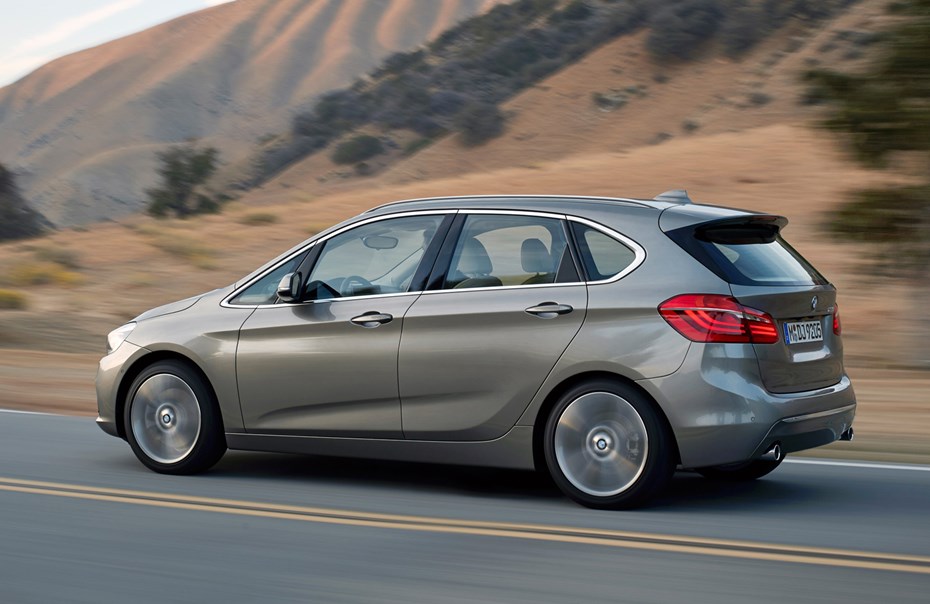
- Good spread of petrol, diesel and hybrid power
- Manual and automatic gearboxes to choose from
- Hybrid launched in 2016 – quiet, quick and efficient
At launch there were only two engines available, and being a family car, BMW 2 Series Active Tourer performance was not a priority. The range has subsequently expanded significantly, though.
All are based on a new modular construction, either 1.5-litre three-cylinder examples or larger 2.0-litre units with four cylinders, and fitted transversely (sideways rather than lengthways) under the car’s bonnet. In 2016 a plug-in hybrid was introduced.
BMW 2 Series Active Tourer petrol engines
The 218i, which is actually a 1.5-litre three-cylinder turbocharged petrol engine, produces 136hp and can sprint from 0-62mph in just 9.2 seconds.
It’s an incredibly refined unit, without any giveaway that by most conventions it is missing a cylinder, and responds perfectly perkily from low-down in the rev-range – though it does its best higher up the rev-range. Equally hushed at speed, 2 Series Active Tourer owners will be more worried about refinement than straight-line performance.
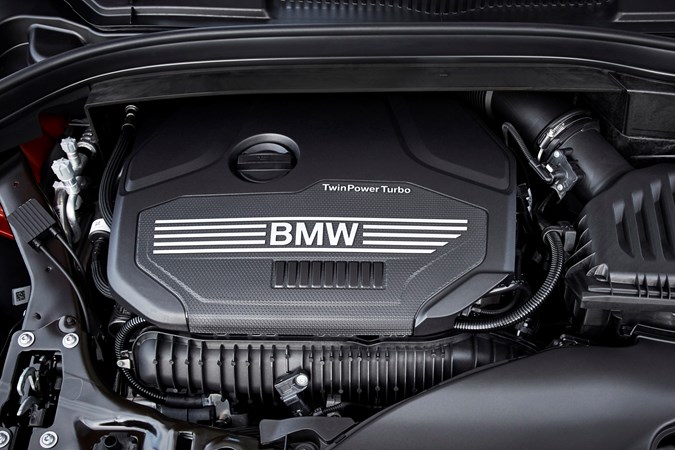
Those that do crave more had to wait until November 2014, when the 218i was supplemented by the 220i and 225i, although the latter was discontinued in the UK during 2017. Both have the 2.0-litre, four-cylinder engine, the 225i with 230hp and xDrive four-wheel drive.
BMW 2 Series Active Tourer diesel engines
If economy and efficiency, with a lower list price than the hybrid, are your priorities then it’s the 218d that will likely catch your eye. This 2.0-litre four-cylinder diesel manages to emit only 109g/km but can sprint from 0-62mph in 8.9 seconds, thanks to its 150hp and 330Nm of torque. The three-cylinder petrol has it licked for refinement, though the diesel does feel more willing on the move.
Like the petrol engines, the diesel line-up was expanded in November 2014 by the 216d (three-cylinder 1.5-litre) and 220d (with a higher output version of the 218d’s engine). Should you wish the 220d is also available with xDrive – where it is fitted with the eight-speed automatic gearbox as standard.
BMW 2 Series Active Tourer plug-in hybrid engines
Don’t be fooled by the 225xe badging – the plug-in hybrid (PHEV) version of the 2 Series Active Tourer uses technology from the i8 sports cars, with the three-cylinder 1.5-litre petrol engine powering the front axle twinned with an electric motor driving the rear wheels.
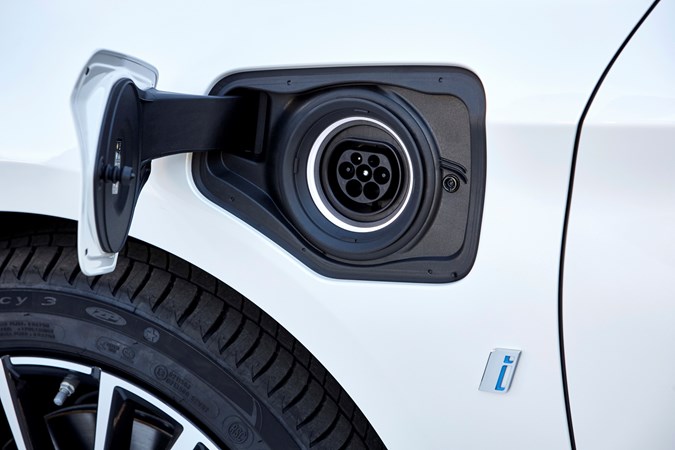
In the main it’s smooth and simple to drive, with near-instant response thanks to its electrical assistance.
Click here for a full evaluation of how the BMW 225xe Active Tourer
BMW 2 Series Active Tourer gearboxes
There are four gearboxes to choose from depending upon the age of the 2 Series Active Tourer; the especially smooth and efficient eight-speed automatic, and for three-cylinder engines a six-speed version. Those who prefer to swap cogs themselves will find BMW’s six-speed manual gearbox instead, which is easy to use with a short throw and relaxed shift action. A seven-speed dual-clutch automatic was added during 2018’s facelift.
- Probably the best people carrier to drive
- Feels like a ‘proper’ BMW in most ways
- Based on platform shared with MINI, X1
Once regarded – or at least marketed – as the ‘ultimate driving machine’, the introduction of a front-wheel drive BMW, and specifically a compact people carrier, shocked the the marque’s purists. However, if you’re a fan of the firm’s products and their driving appeal, then fear not; while the 2 Series Active Tourer won’t trouble an M3 around a racetrack, it is sharper than many of its family-orientated competitors.
In fact it still feels like a BMW to drive, despite the change in engine and transmission layout, and for most drivers you’d be hard-pushed to notice the rear wheels aren’t being driven. Plus four-wheel drive xDrive models were made available (225i and 220d) shortly after the initial launch.
The optional Electronic Damper Control (adaptive suspension), which allows drivers to tailor the car’s responses to their requirements – and road conditions is a worthwhile extra. Variable Sports Steering is also optional, and from experience of other BMW products with this fitted it will make a noticeable difference for keen drivers – even if that’s not really who this vehicle is aimed at.
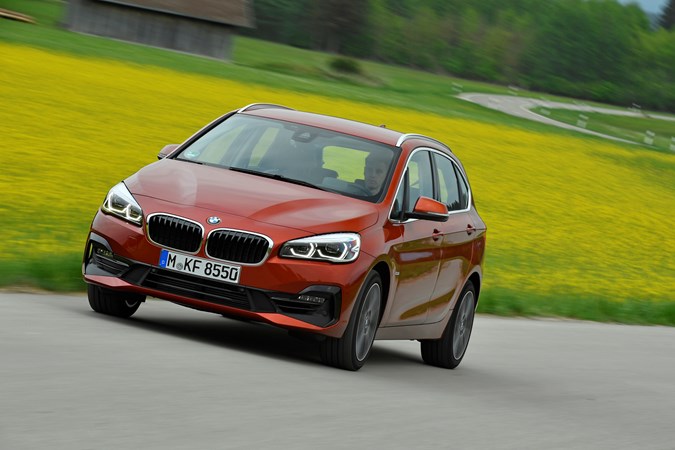
Regardless, body control is excellent and the 2 Series Active Tourer corners flatly and without fuss, even at speed – it’s easily as good to drive as the Ford C-Max or Golf SV. That’s despite the car’s 1,563mm height, and in part down to the wide (1,561mm front and 1,562mm rear) distance between left and right wheels.
There is however firmness to the chassis that never quite goes away, which means the Citroen C4 SpaceTourer has a more comfortable ride. As expected, the 2 Series Active Tourer comes complete with BMW’s electronic stability control system, but like its X-badged SUV models (X1, X2 and X3, for example) you can’t fully disengage the system – but then not many of these compact people carriers will venture onto a track.
Overall, the experience is a good one. We like the weighting of the steering and it’s simple enough to park, too, with good visibility around the car thanks to lots of glass. Acoustic sensors or automatic parking are available as you climb the trim structure.


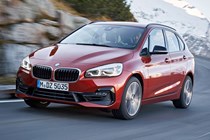
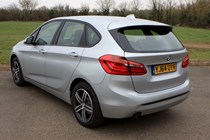
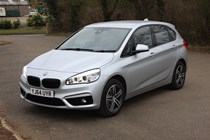
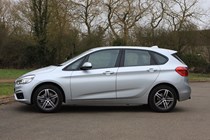
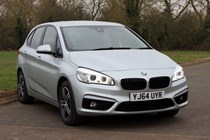
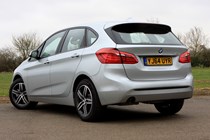
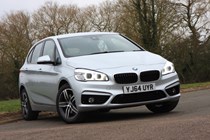
.jpg)
.jpg)
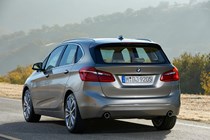
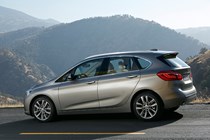

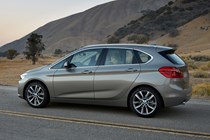

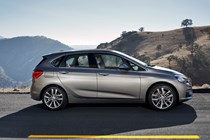
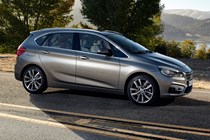
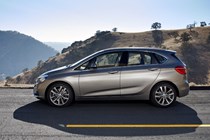
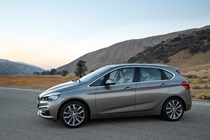
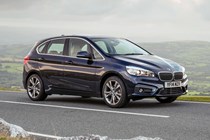

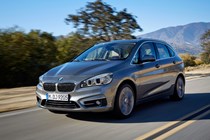
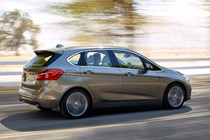
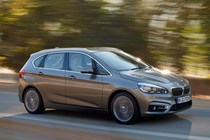
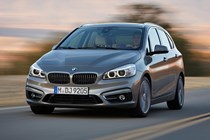
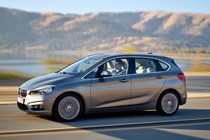
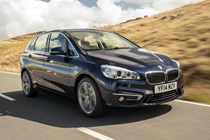
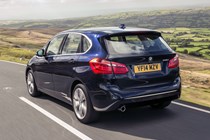
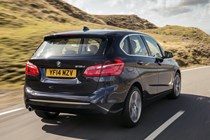
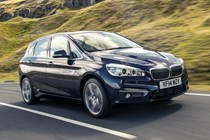
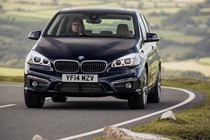
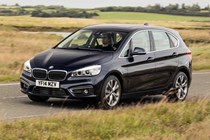
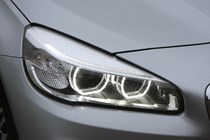
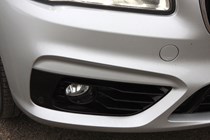
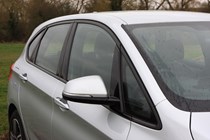
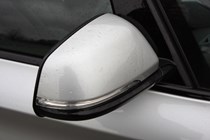
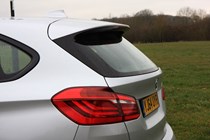
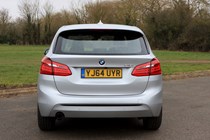
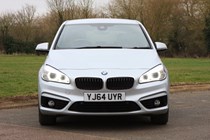
.jpg)
.jpg)
.jpg)
.jpg)
.jpg)
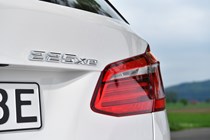
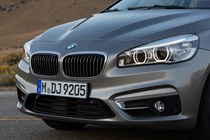


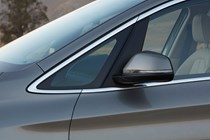

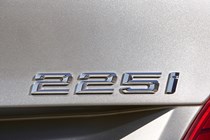
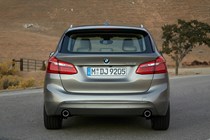
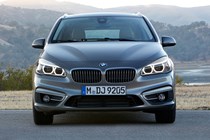
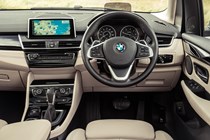
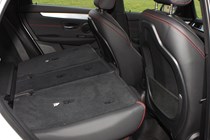
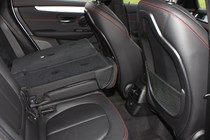
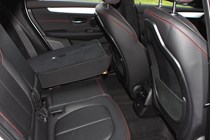
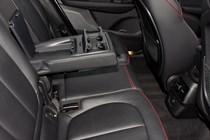
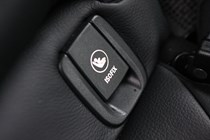
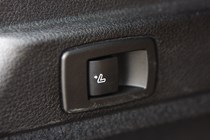

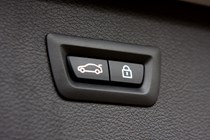
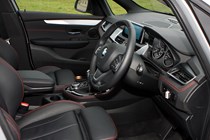
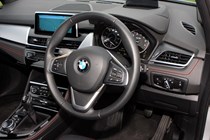
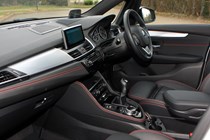
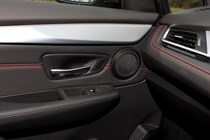
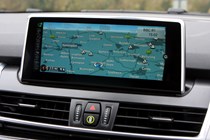
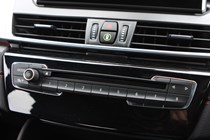
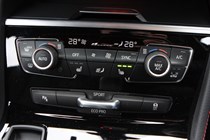
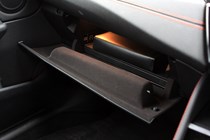

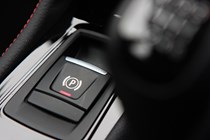
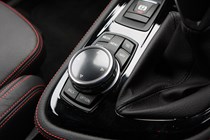
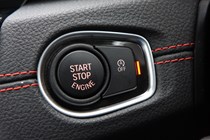
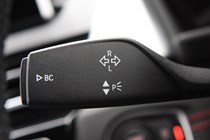
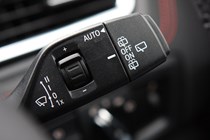
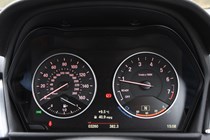
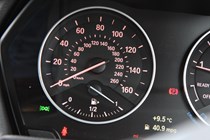
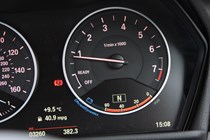
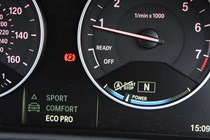
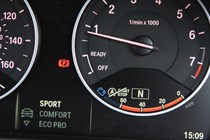
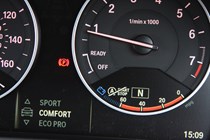
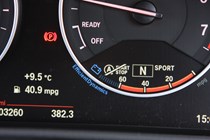
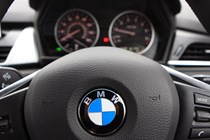
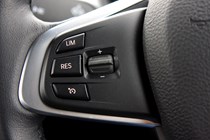
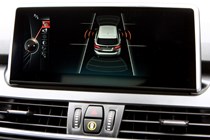

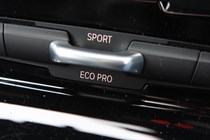
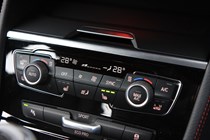
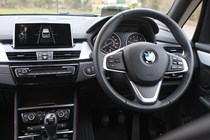
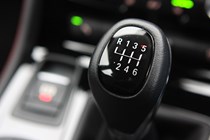

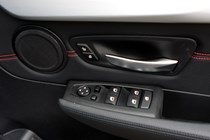
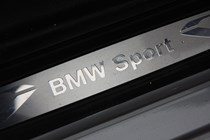

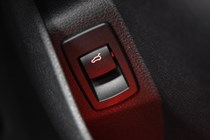
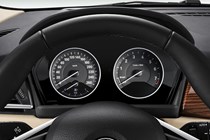
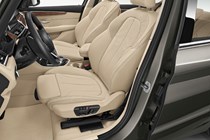
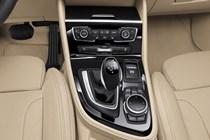

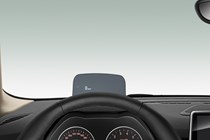
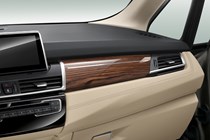
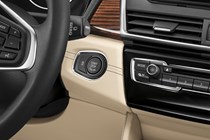
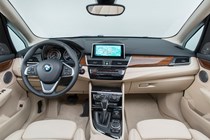
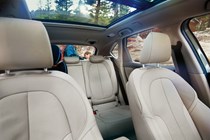
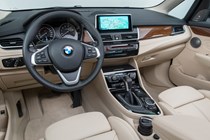
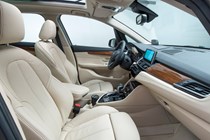
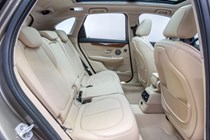
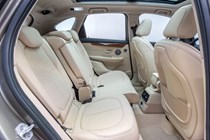

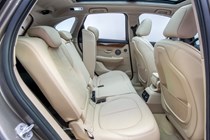
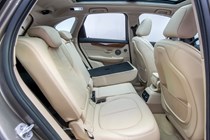
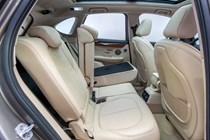
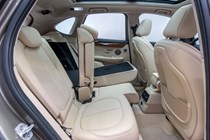
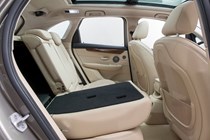
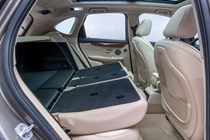
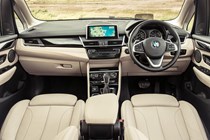

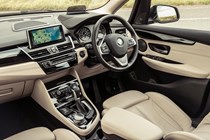
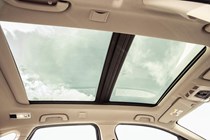
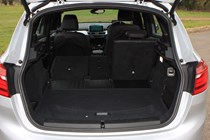
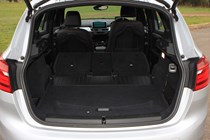
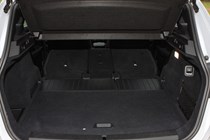
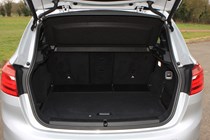
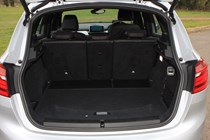
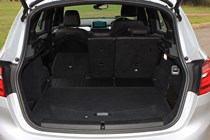
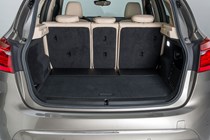
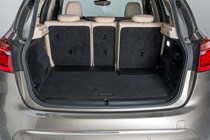
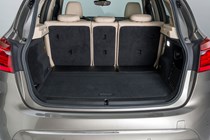

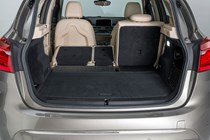
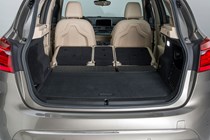
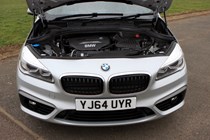
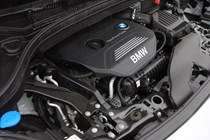
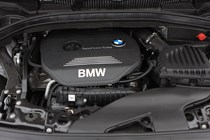
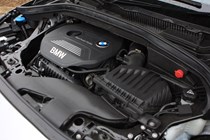







.jpg?quality=50)
.jpg?quality=50)





























.jpg?quality=50)
.jpg?quality=50)
.jpg?quality=50)
.jpg?quality=50)
.jpg?quality=50)



























































































